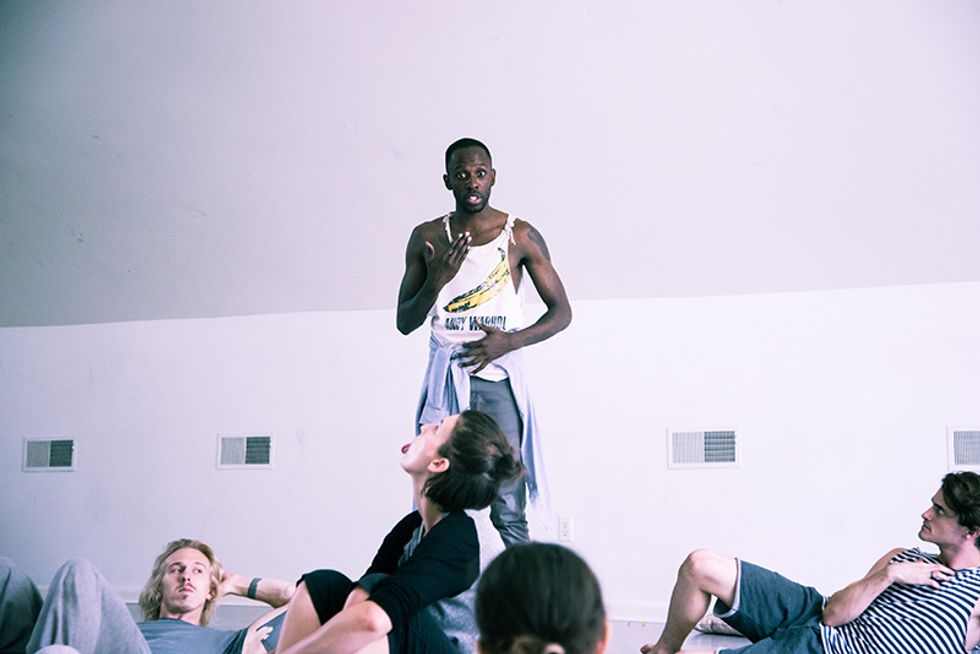How to Stay Sane When You're Both a Dancer and Choreographer
Many people see dance and choreography as separate pursuits, or view choreography as a dance career’s second act. For some dancers, however, performing and choreographing inform one another. “That’s just the kind of choreographer I am. I feel things so deeply in my physicality. I have to do it to know it,” says Jodi Melnick, who is a prolific performer of her own work. She also maintains an active practice as a performer for other choreographers: Throughout her career, she’s worked with Trisha Brown, Twyla Tharp, Tere O’Connor and Donna Uchizono, to name a few.
Though a dual career can be fulfilling, simultaneously inhabiting the roles of dancer and choreographer requires focus, organization and a great deal of energy.
Compartmentalize
You don’t want to be in rehearsal for another choreographer but have your mind stuck on a project of your own, or vice versa. Practice turning your attention to the task before you and blocking out everything else. “I can think of times when I had something major happening in my own career and I was also touring with other choreographers,” says Melnick. “It’s actually one of the few times in my life where I can be very present. If I’m on tour with you, I’m for you, even if I’m going to come home and have a show of my own next week.”
Creating some mental separation between projects will also help protect your intellectual property. When working as a dancemaker, your ideas are your business. Many choreographers ask their dancers to generate movement or create characters. There is no reason why you cannot participate in that kind of process, but be mindful of what concepts you might want to save for yourself.

Raja Feather Kelly, PC Epfalck | Effyography
“I have only worked with choreographers who I respect and haven’t had any intellectual property issues,” says Raja Feather Kelly, who creates and performs with his company, The Feath3r Theory, and performs in work by Reggie Wilson, Keely Garfield and Kota Yamazaki. “That said, I think about it. And I am careful. Sometimes my ideas should stay my ideas.”
Take a Load Off
A dance career is always physically taxing, but the demands can be doubled when you are using your own body as a source of movement generation and communication. Kelly suggests giving yourself one day off per week. Even if you are working on a project where you are not dancing, try not to forget about your own body.
“You have to be disciplined not to lose the health factor that allows you to deliver as a performer,” says Chloe Arnold, who choreographs and performs with her tap company, Syncopated Ladies, and choreographs for film and television. “Going to the gym, taking dance classes and eating well are important.”
Know Your Rehearsal Style
Taking a step back is sometimes necessary not just to conserve your energy but to give other dancers what they need from you as a choreographer. “When I’m making work with other people I often take the focus off my own dancing,” says Melnick. “I step out when needed, knowing that I already have my dancing covered or that I’ll go back to it later.” She makes sure to set aside time to rehearse alone.
Other dancer/choreographers bring in a trusted outside eye to make sure their dancing isn’t overlooked. “Sometimes I have someone stand in for me,” says Kelly, “but we’re a wild dance-theater company. I like that my performers might not know what I am going to do.” Keep your working style in mind when selecting dancers. The more adaptable they are, the easier it will be for you to jump in or out when necessary.




